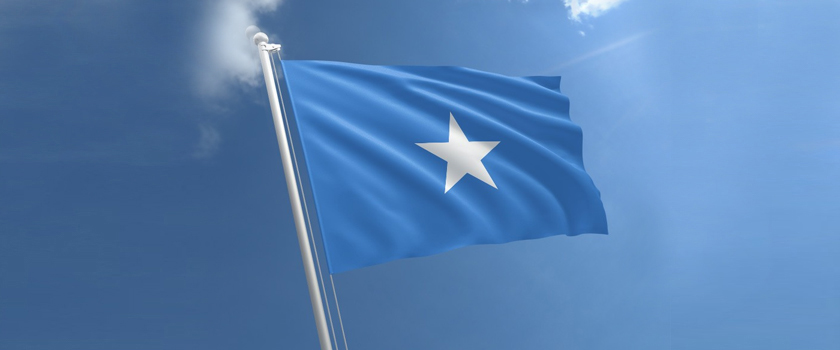Both Somali and Arabic are official languages of The Somalia Democratic Republic. Before the arrival of the Italians and British, they either wrote in Arabic or used an ad hoc transliteration of Somali into Arabic script. Until a government established in 1960, a national standard language welcomed its new dawn.
Few months after independence and unification of Somaliland and Somalia, a Somali Language Commission was formed for standardization of Somali, and then search for a suitable script began. Since 1972, Somali made the sole official language of Somalia due to their efforts.
Later, even the country went through civil war and continuous instability, the language remained an official language of the various regional governments such as Somaliland and Puntland. Like Mandarin built upon Northern Chinese dialect, standard Somali is based on Northern Somali, one of three Somali dialects (Northern, Benaadir and Maay).
The Benaadir is spoken on the Benadir coast from Cadaley to south of Marka as well as capital Mogadishu, while Maay is an important language of Digil and Mirifle clans who lives in the southern areas of Somalia. The official Somali language script is Shire Jama Ahmed’s script, chosen from eighteen competing new orthographies.
Read Also: Somali Writing System
Because of the nation’s history and other factors, Somali contains a number of loan words from Arabic, Persian, and the former colonial languages English and Italian, as well as many neologisms created to demonstrate official concepts.
Somali is a member of the East Cushitic branch of the Afro-Asiatic language family, whose native speaker population is estimated somewhere between 10 million to 15 million. With a large international expatriate community, speakers include widely spreaded ethnic Somalis in East Africa and Somali diaspora, etc.
This is an agglutinative language with 22 consonant phonemes and 5 basic vowel sounds. Some remarkable features may include direction of writing: left to right in horizontal rows, names of the letters based on Arabic letter names, four tones usually not marked in writing with grammatical uses.
Although sharing some of the sounds, symbols and signs with other languages, it exhibits a distinctive form, meaning and function which can be understood only by its speakers. Some examples are: Wiil baa qaadkii cunaya ( a boy is eating the kat); Cali qaad dharkii ( Ali has taken the clothes), etc. The language has four general rules of word-formation for internal use and extra three rules for the adaptation of foreign words.
The four general rules are conversion, affixation, compounding and acronymy, like uun (only) and Uunka (mankind) – conversion; and the extra three rules are translation, sound change and derivation such as baasto, bansiin, sigaar – sound change, hoping the mentioned rules may help you understand the special language.
Are you looking for Somali Translation? We are here for your assistance









